By Melina Krohn

Figure 1 – A fictional representation of the deep biosphere inside the oceanic crust.
When we go down below the surface of the Earth we go farther and farther away from everything we know and is familiar to us. This makes it hard to imagine how anything could survive there. And yet, microorganisms make this harsh, hostile environment their home. Supported by the circulating seawater and the surrounding rocks these organisms not only survive there but at some places they even thrive.
Continue reading


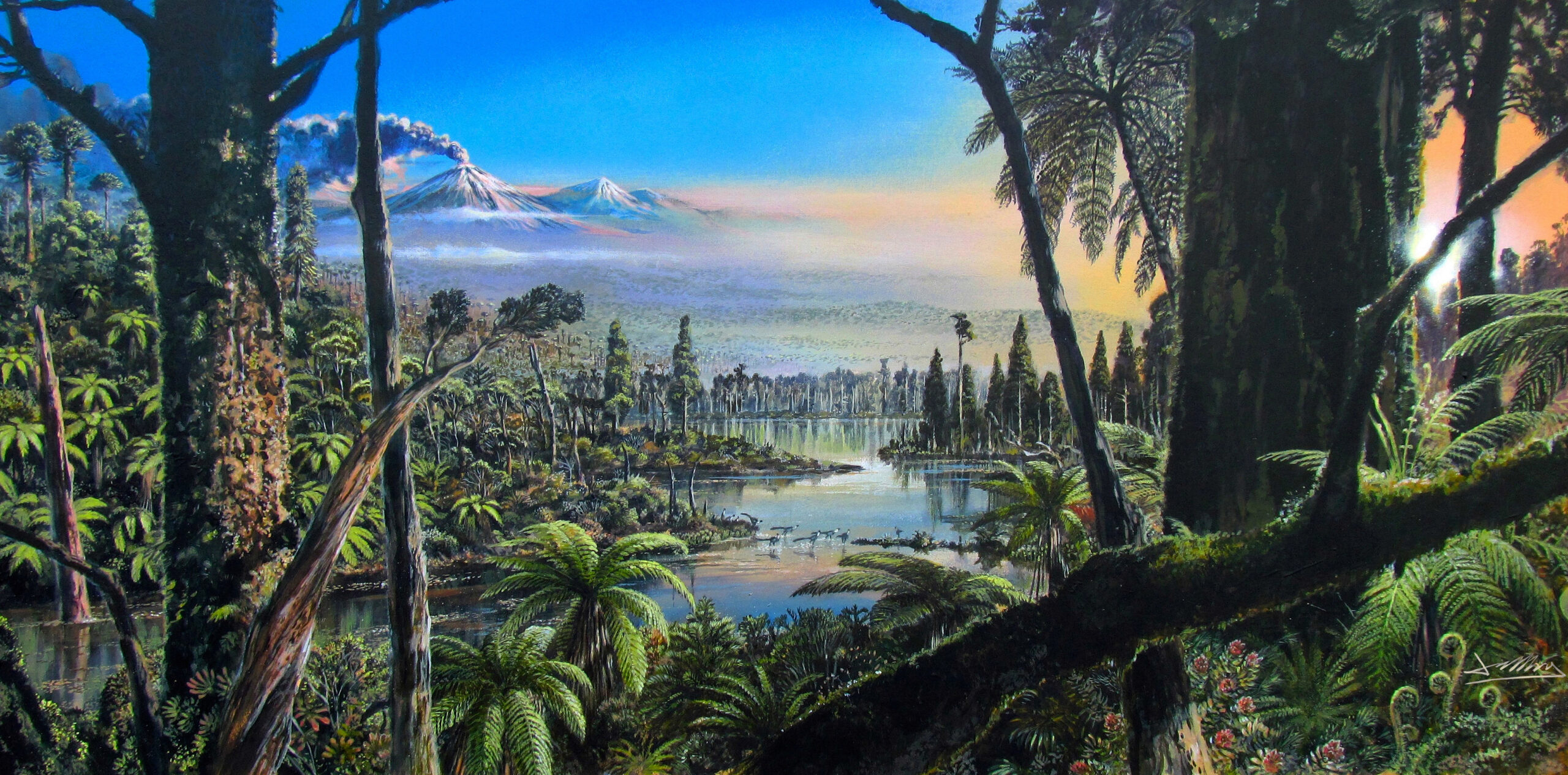

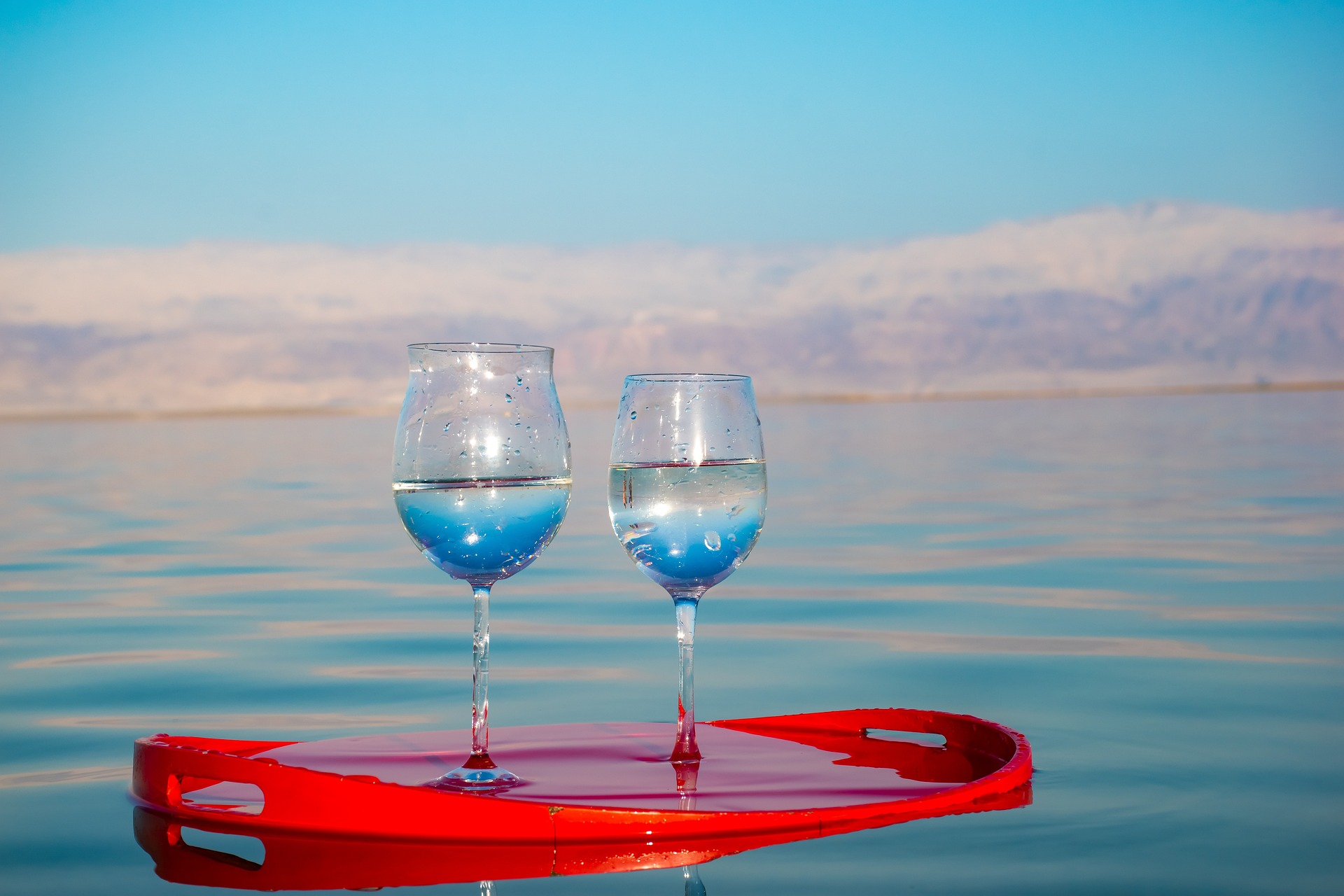
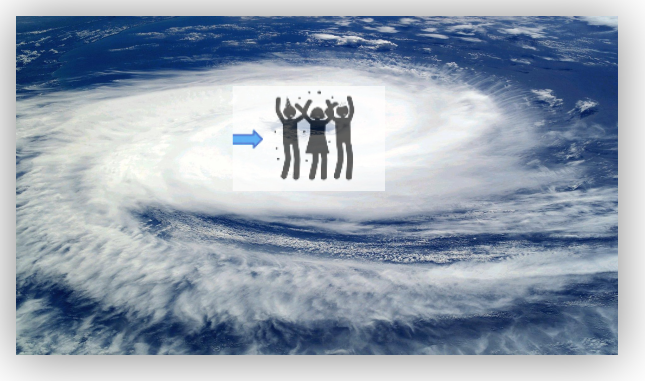
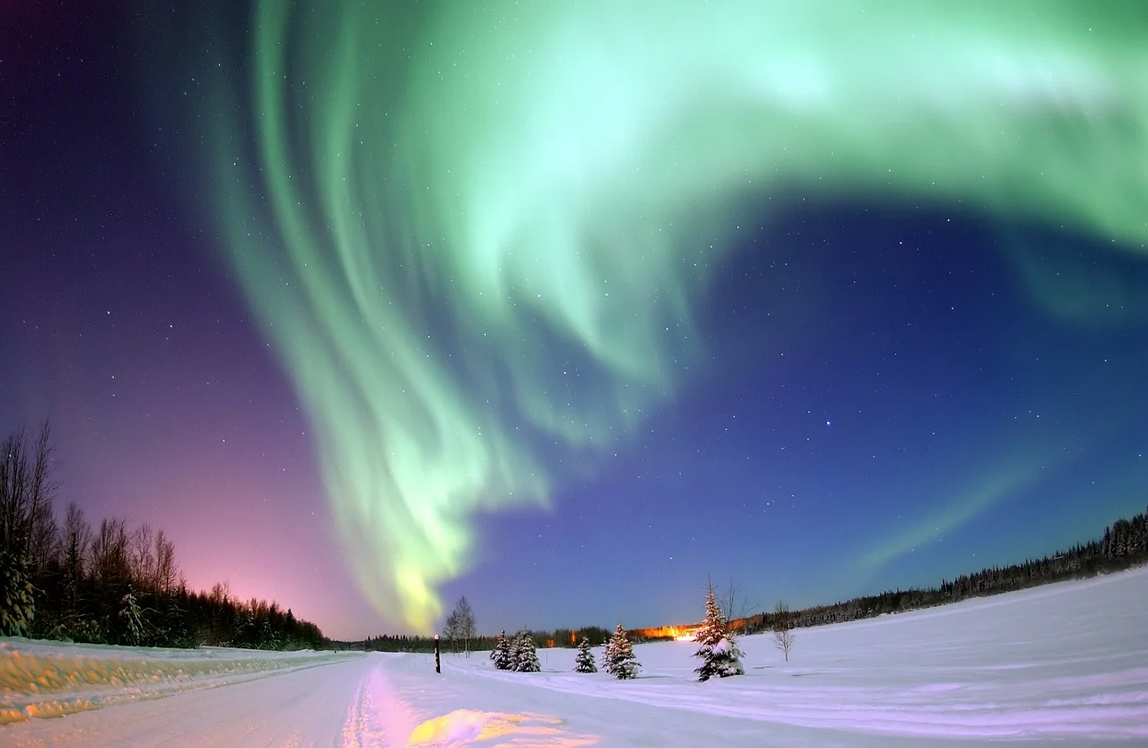
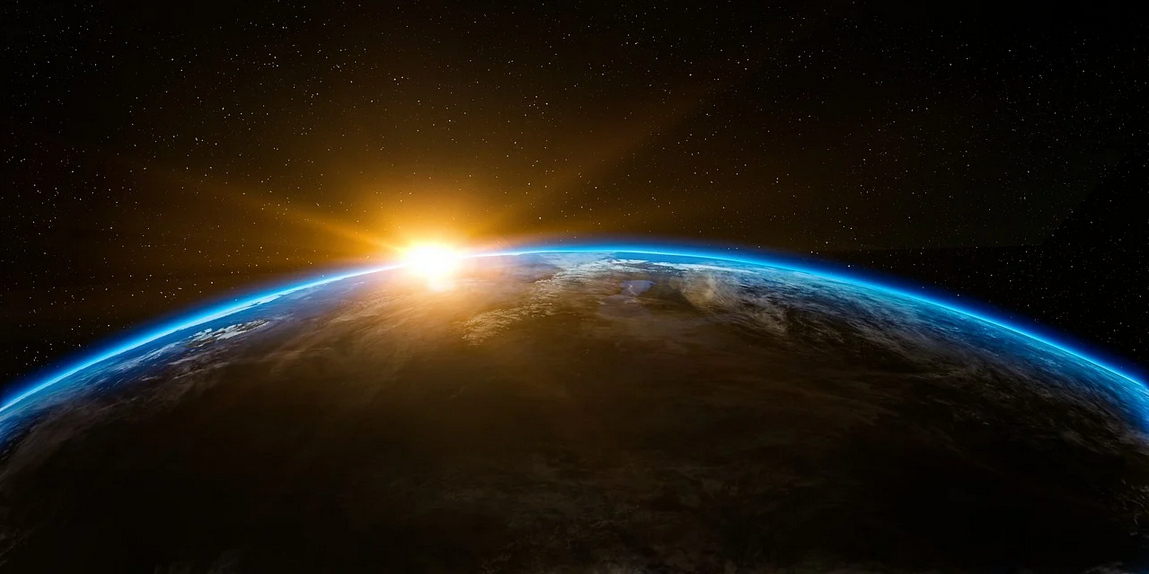
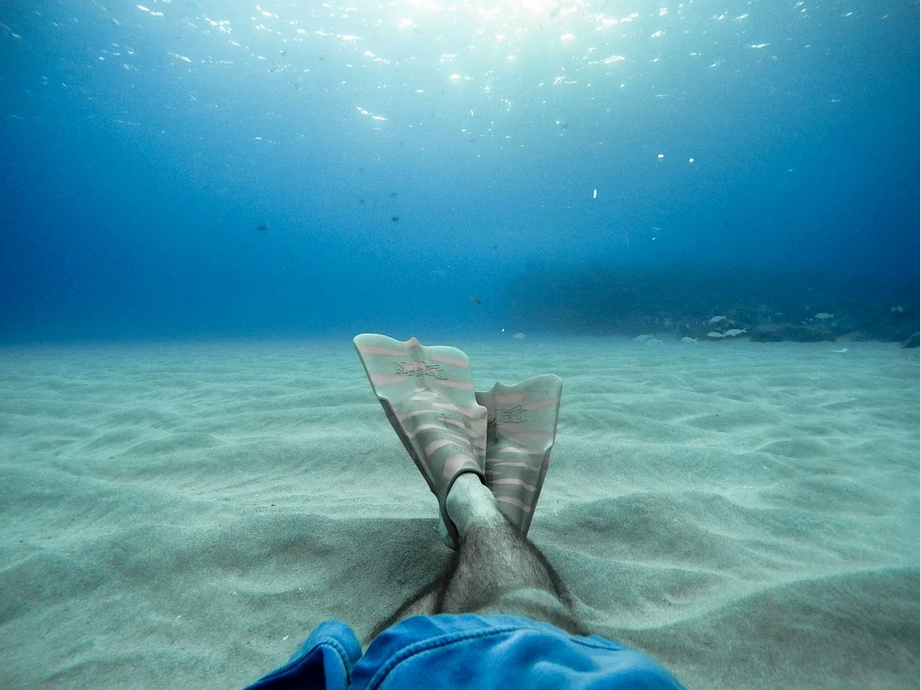
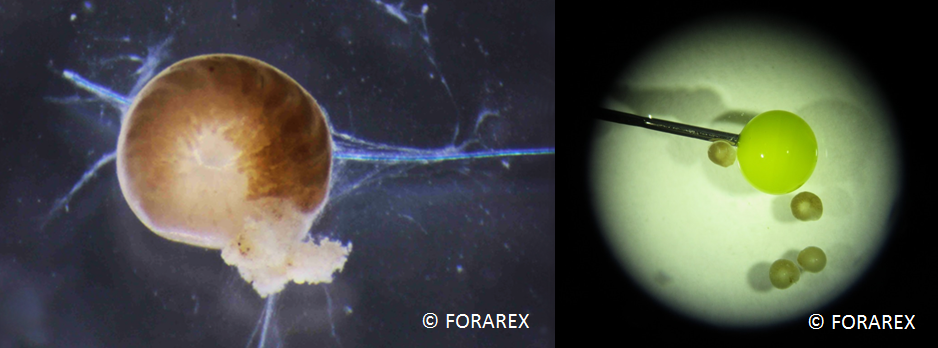
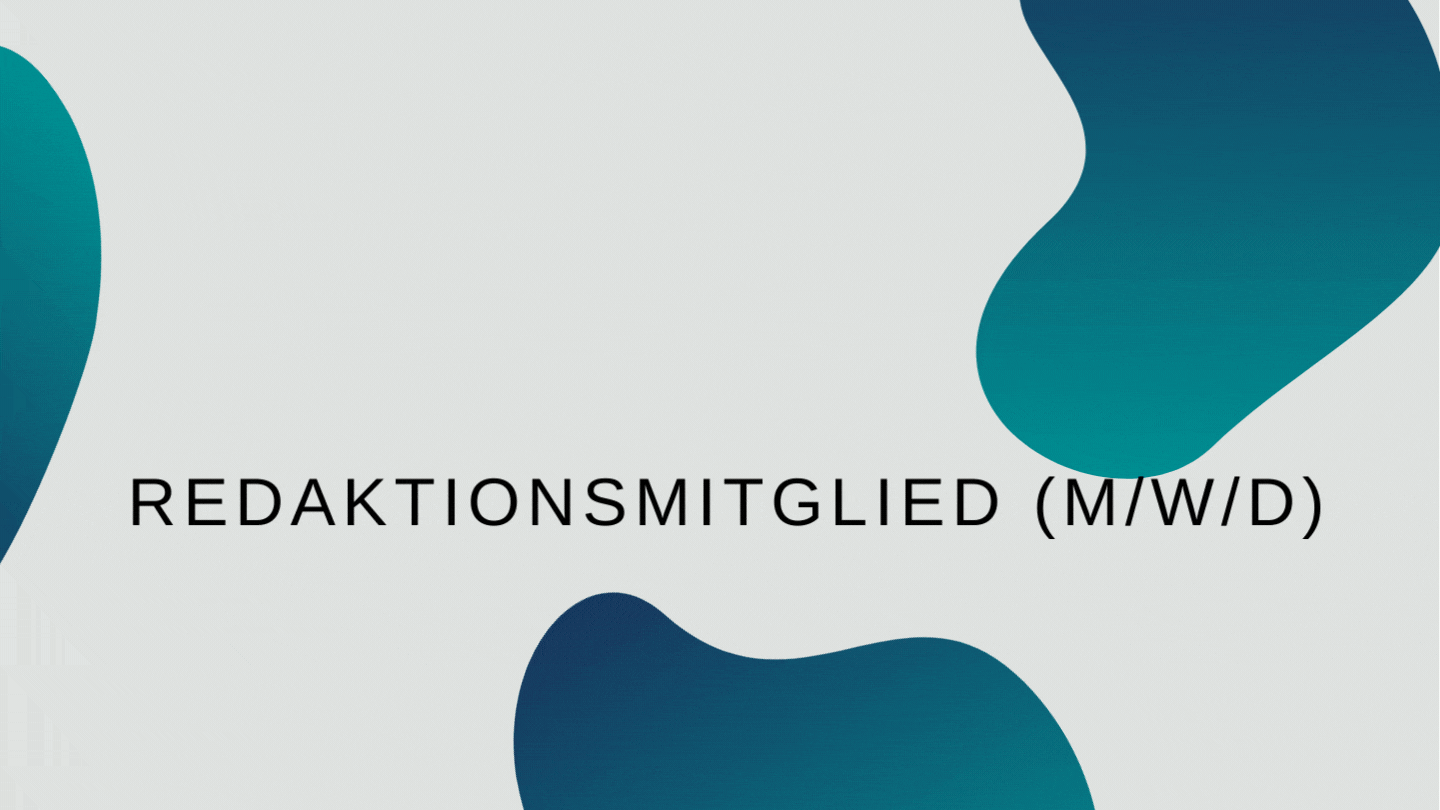






Recent Comments